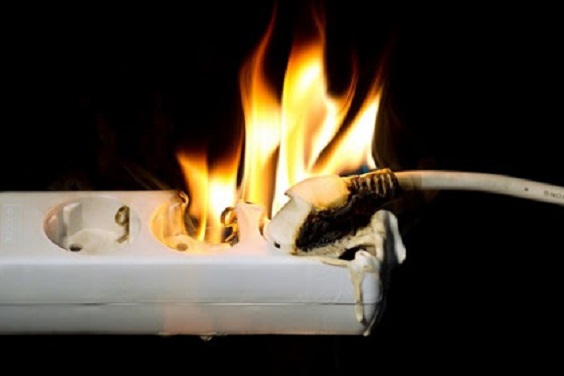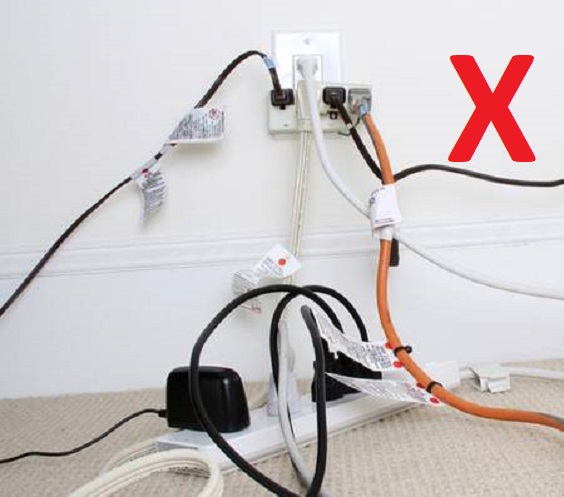DETAIL
What To Do In Case Of An Electrical Fire
 One reason fires can become severe is due to lack of knowledge on how to put out fires.
One reason fires can become severe is due to lack of knowledge on how to put out fires.Understand in advance how fire can be formed. There are 3 elements that make a fire form, namely heat, fuel and oxygen, also known as the fire triangle. If there is a short circuit in a house and there is a spark of electricity as heat, the fuel can be paper, curtains or wood, then the fire can expand rapidly.
How to put out a fire? At least one of these three elements must be separated. The most often used to separate is water. Water will evaporate into water vapour and separate fire from oxygen, so that the fire goes out.
However, please remember, not all fires can be put out with water, especially those from electric sparks. Water will instead conduct electricity so that the fire will flare everywhere. Even the extinguisher can electrocute.
What you have to do?
The first thing to do is to cut off electricity. Fires caused by electrical short-circuiting is a class C fires. This type of fire can be extinguished quickly if we use chemicals and gas as the main extinguisher. The availability of Light Fire Extinguishers (APAR) which contains carbon dioxide gas, can minimize the risk of loss in the event of a short-circuit in your house.
If you really don't have any type of extinguisher and have to use water, please make sure that you have turned off the power source 100%. If not, you not only risk being electrocuted, but also spread the short circuit more widely, which will also spread the fire faster.
Sprinkle water at the bottom or at the source of the fire. Splash water as fast as you can take from the tap will only be effective if the fire is very small and controlled. If not, it will spread faster than you can extinguish.
Call TMD Emergency immediately at 0800 1900 911, even if the fire goes out, you should still call. Smouldering objects can re-ignite, and only professional fire fighters are able to isolate and eliminate all risks completely.
To prevent electrical short circuit, here are some safety tips:
1. Use electrical materials such as cables, switches and sockets that have the Indonesian National Standard (SNI) label, the Electricity Problems Institute (LMK), and the PLN Standard (SPLN).
2. Check electrical installations at home regularly, for example every five years.
3. Do not pile up the socket on a single power source so that a short circuit does not occur due to an overloaded power cable.
4. Replace the power cord if it has been peeled off because the peeling power cord can create sparks when exposed to liquid.
5. Avoid electricity theft in any way.
Don’t be the source of fire! Protect your families and protect your community.












